Best Moisture Separator for Your Steam Line
Moisture separation is a critical aspect of maintaining the efficiency and longevity of steam systems. When water droplets are present in steam, they can lead to equipment corrosion, reduced heat transfer efficiency, and even damage to downstream components. To ensure the quality and reliability of your steam system, selecting the right moisture separator is essential. In this blog, we will explore the various types of moisture separators and factors to consider when choosing the best one for your steam line.
Understanding the Importance of Moisture Separation
Before delving into the types of moisture separators, it's crucial to grasp why moisture separation is vital. Steam, which is often used for heating, power generation, and various industrial processes, can carry water droplets. These droplets can erode or damage components in the steam system. Moreover, moisture in steam can affect heat transfer efficiency, potentially leading to energy wastage. Therefore, effective moisture separation is necessary to ensure the optimal performance of your steam system.
Types of Moisture Separators
- Centrifugal Separators: These separators use centrifugal force to separate water droplets from steam. They are versatile and effective for a wide range of applications, making them a popular choice.
- Cyclone Separators: Cyclone separators are suitable for high-pressure steam systems and are excellent at removing larger water droplets. They use a cyclonic motion to separate moisture.
- Filter Separators: Equipped with filter elements, these separators are used when fine filtration is required. They are capable of trapping smaller water droplets and solid particles.
- Vane Separators: Vane separators utilize vanes to create turbulence, enhancing the separation of moisture from steam. They are a cost-effective option for many applications.
- Coalescing Separators: Coalescing separators are designed to merge smaller water droplets into larger ones, making it easier to remove them from the steam.
Factors to Consider When Choosing a Moisture Separator
Selecting the right moisture separator for your steam line involves several considerations:
- Steam Flow Rate: Determine the flow rate of steam in your system as this will influence the size and capacity of the moisture separator required.
- Operating Pressure: The operating pressure of your steam system is a crucial factor. Different moisture separators are designed for various pressure ranges.
- Design Efficiency: Assess the efficiency of the separator's design in terms of moisture removal. Look for models that offer a high separation efficiency.
- Material of Construction: Consider the material of construction, especially if your system deals with corrosive or high-temperature steam.
- Maintenance Requirements: Check the maintenance requirements of the separator to ensure it fits your operational and maintenance schedules.
- Specific Application Needs: Some applications may have unique requirements, such as stringent purity standards or space limitations. Ensure the chosen separator meets these needs.
Consulting with Experts
Selecting the best moisture separator for your steam line can be a complex task, and it's often beneficial to consult with steam system experts or engineers who have experience in these systems. They can provide guidance tailored to your specific application and help you make the most informed decision.
In conclusion, moisture separation is a critical element in maintaining the efficiency and integrity of your steam system. By understanding the types of moisture separators available and considering the factors mentioned above, you can choose the best moisture separator to meet your needs and ensure the smooth operation of your steam line.
How Baffle type moisture separator works the best?
Baffle-type moisture separators are commonly used in steam systems to effectively remove moisture from the steam flow. They work by using a series of baffles or vanes to change the direction of the steam flow, causing moisture droplets to separate from the steam and fall out of the flow. Here's how a baffle-type moisture separator works:
- Steam Inlet: Steam, which may contain moisture droplets, enters the moisture separator.
- Change in Flow Direction: Inside the moisture separator, there are multiple baffles or vanes strategically placed to alter the direction of the steam flow. As the steam flows through the separator, it encounters these baffles.
- Centrifugal Force: The change in flow direction induced by the baffles creates centrifugal force. This force pushes the heavier moisture droplets outward towards the walls of the separator.
- Separation of Moisture: The centrifugal force separates the moisture droplets from the steam. These separated droplets, being heavier, are directed towards the walls of the separator, where they accumulate.
- Dry Steam Exit: After passing through the baffle system, the steam that remains in the central portion of the separator is now largely free from moisture droplets and is considered "dry steam." This dry steam continues to flow out of the separator for use in the intended application.
- Moisture Drainage: The accumulated moisture droplets along the walls of the separator eventually reach a point where they collect and drain out of the separator. This can be achieved through a drainage system that ensures the separated moisture is removed from the steam system.
Baffle-type moisture separators are effective at removing moisture from steam because of their ability to create centrifugal forces that separate the water droplets. The design and arrangement of baffles are critical to the efficiency of the separator. By carefully engineering the placement and geometry of the baffles, moisture separation efficiency can be optimized.
The key advantages of baffle-type moisture separators include their simplicity, low maintenance requirements, and reliability. They are suitable for a wide range of steam applications and can be particularly effective in applications where space is limited.
However, it's essential to ensure that the design and sizing of the baffle-type moisture separator are appropriate for your specific steam system's flow rate and operating conditions. Regular maintenance, including checking for any accumulation of separated moisture, is also necessary to maintain optimal performance.

 Aerated Concrete Block Industry
Aerated Concrete Block Industry  Brewery Industry
Brewery Industry  Captive Cogen Industry
Captive Cogen Industry  Chemical Industry
Chemical Industry  Dairy Industry
Dairy Industry  Edible Oil Industry
Edible Oil Industry  Fertilizer Industry
Fertilizer Industry  Hotel Industry
Hotel Industry 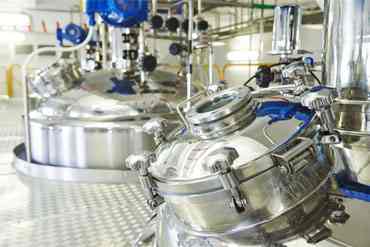 Pharma Industry
Pharma Industry 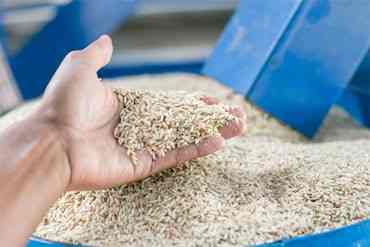 Rice Industry
Rice Industry 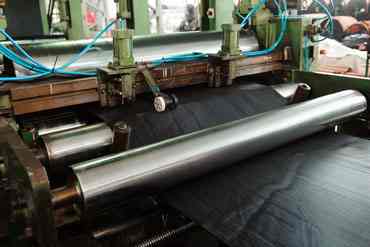 Rubber Industry
Rubber Industry  Soap Industry
Soap Industry 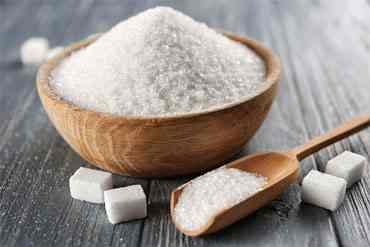 Sugar Industry
Sugar Industry  Textile Industry
Textile Industry 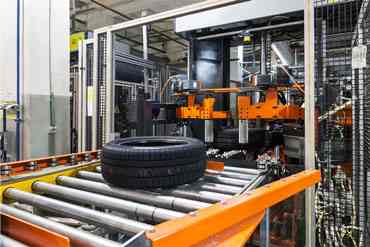 Tyre Industry
Tyre Industry